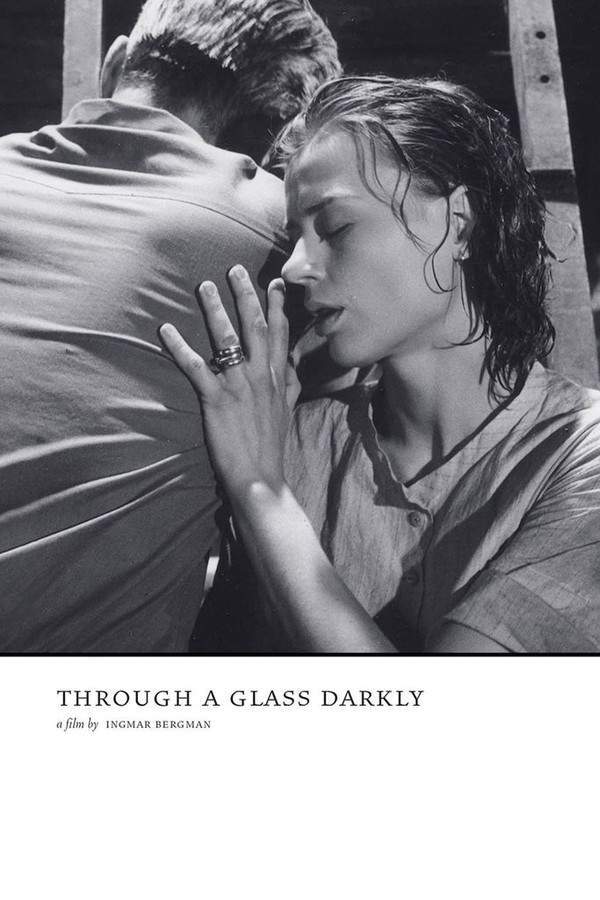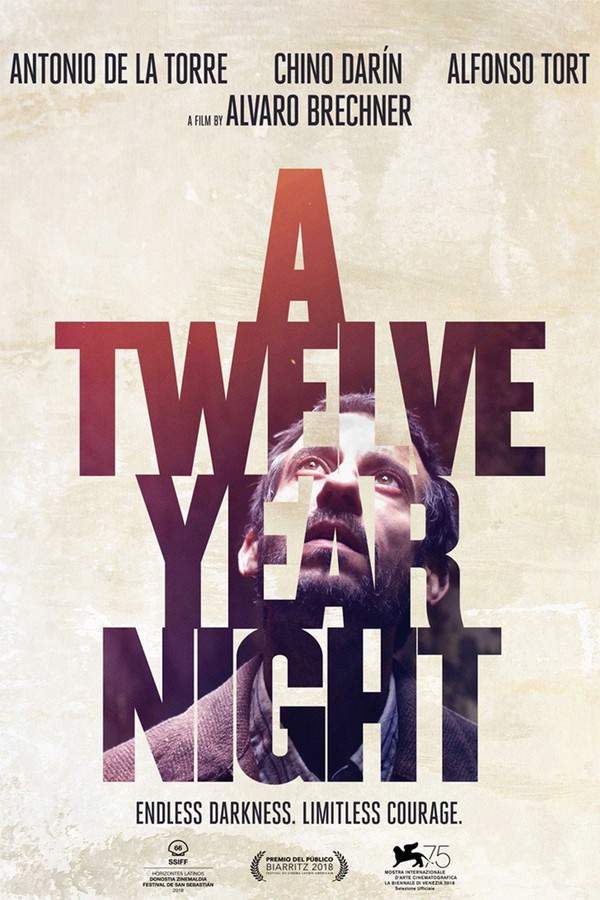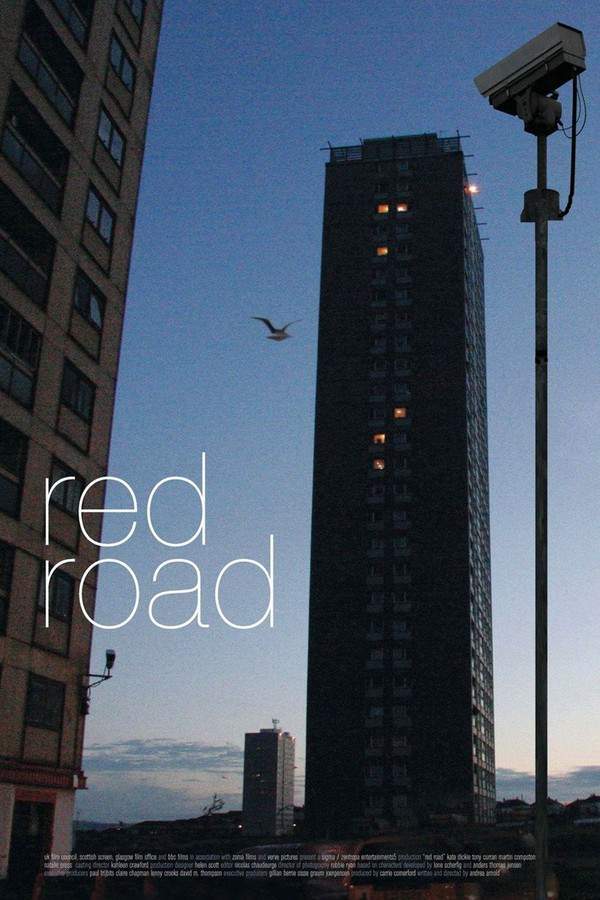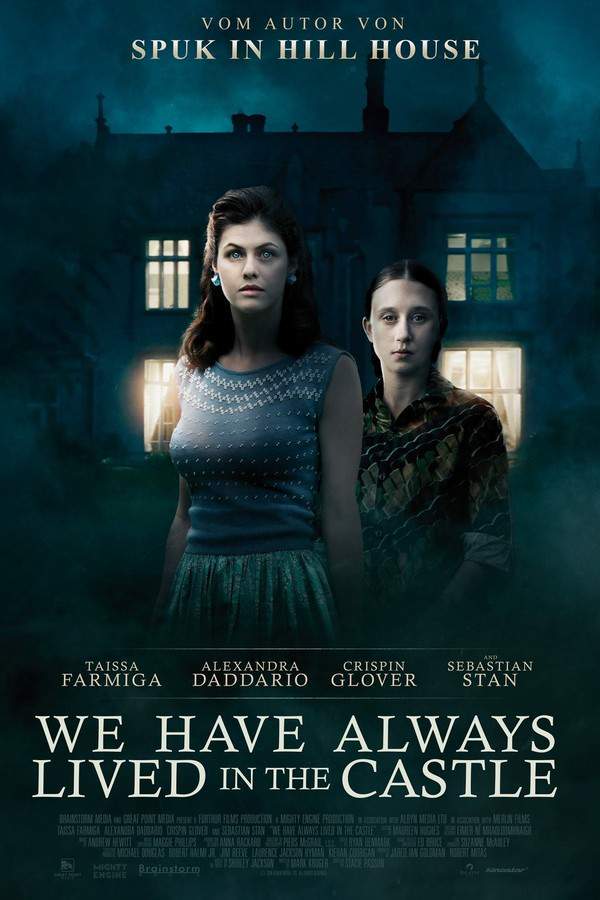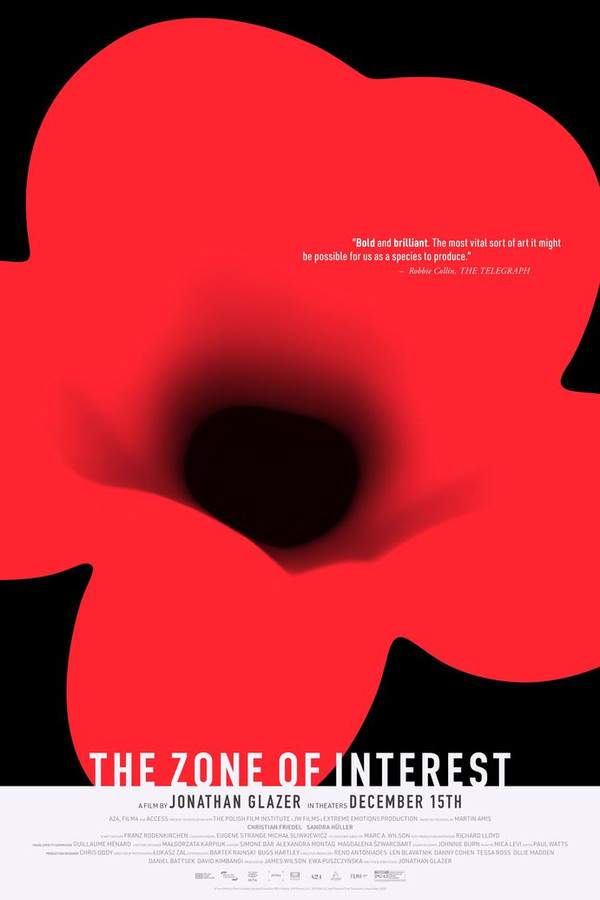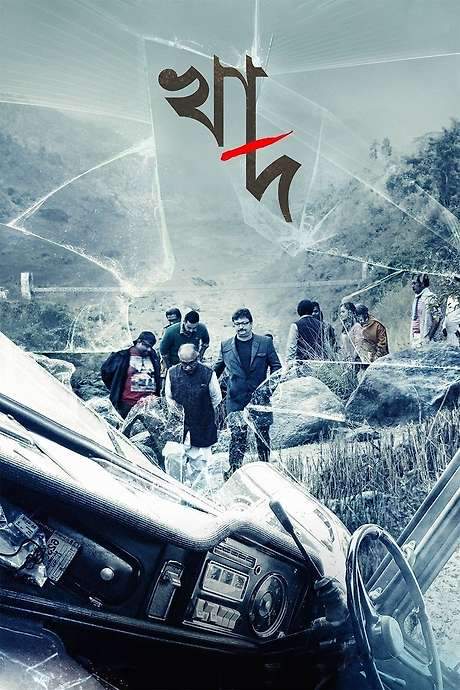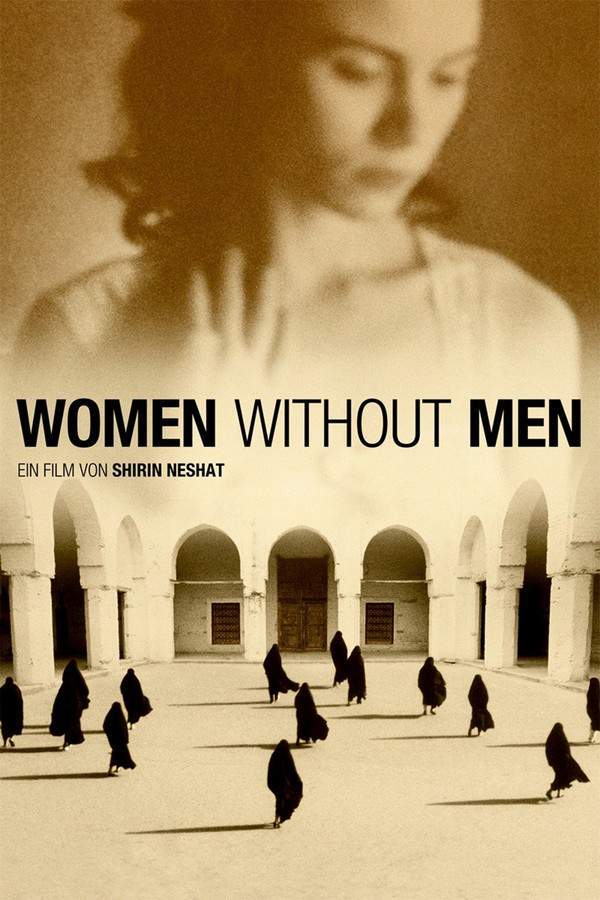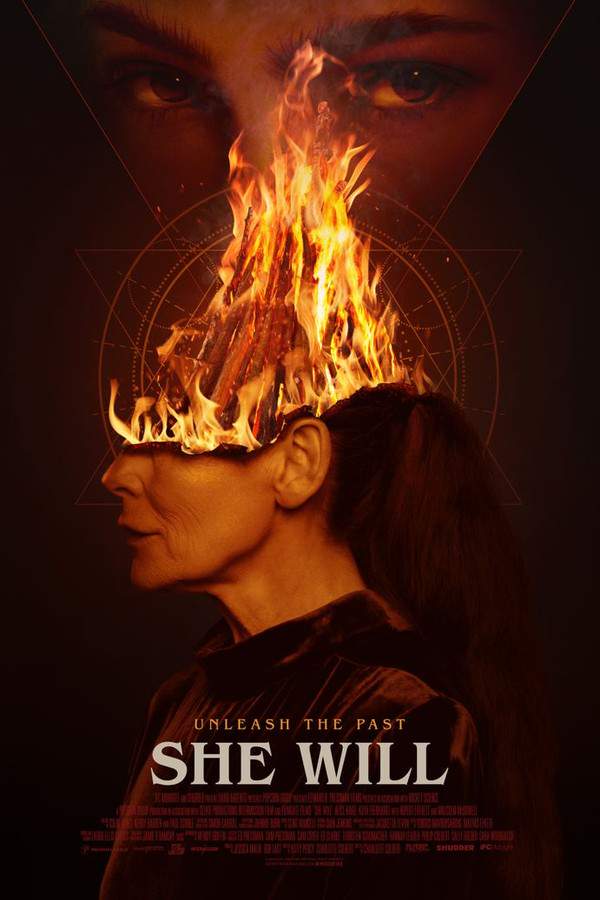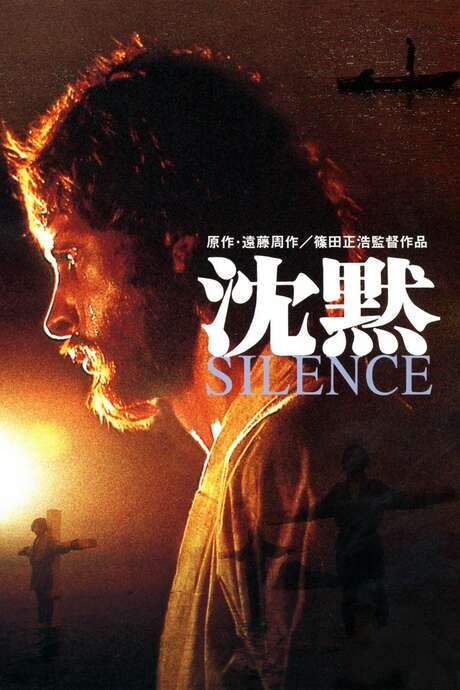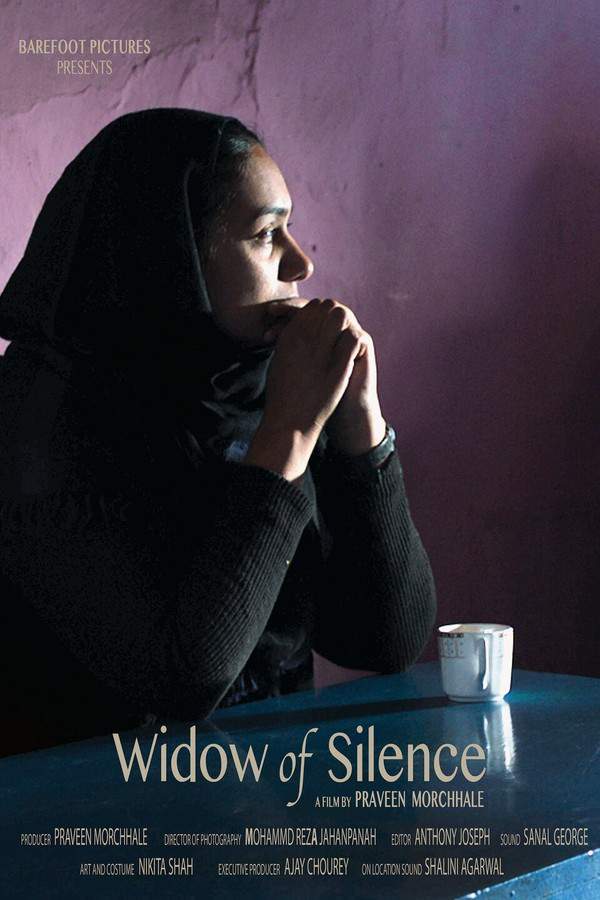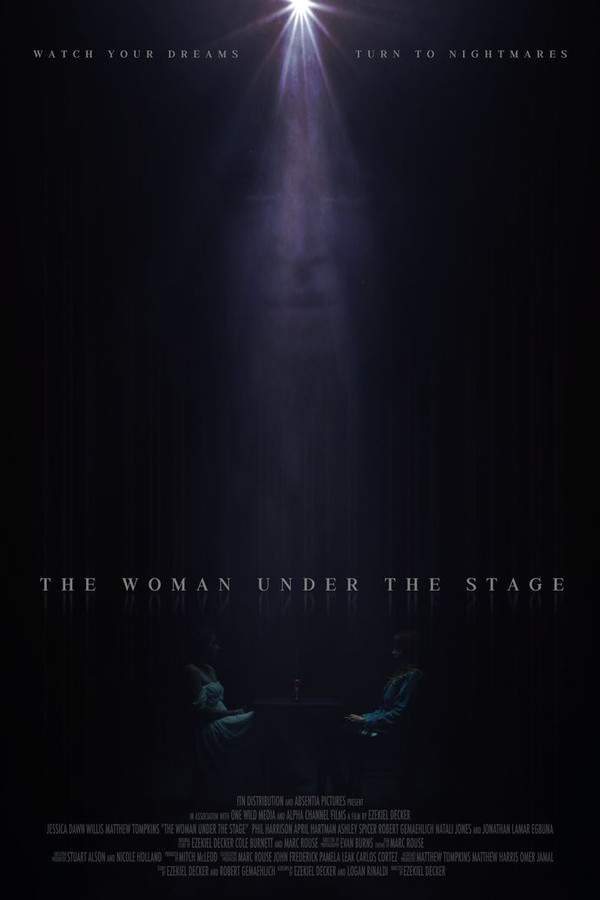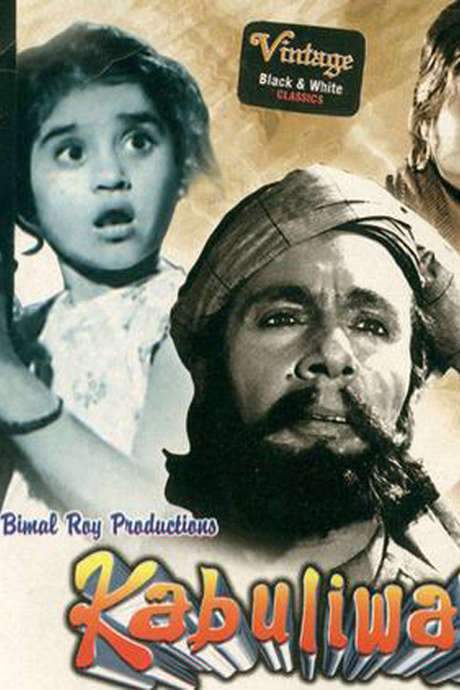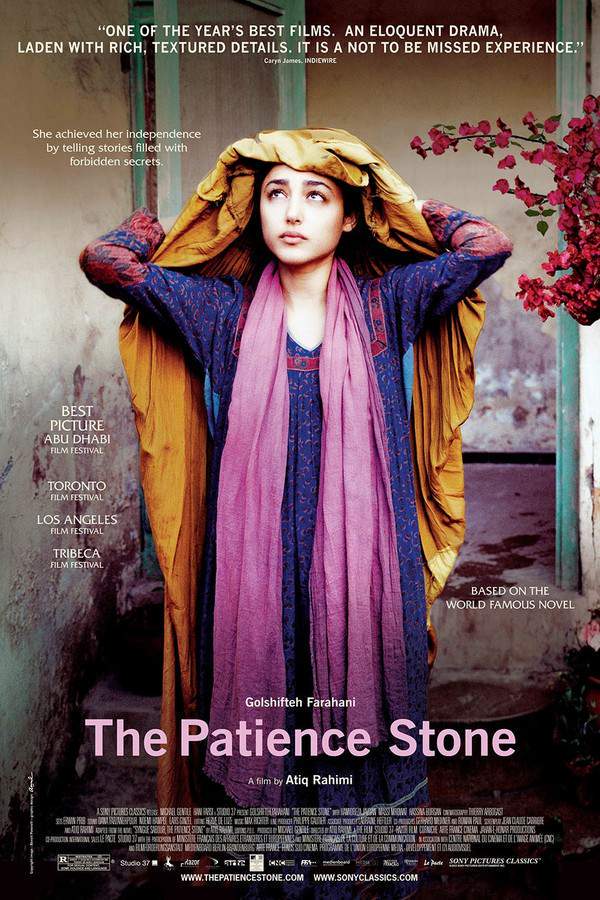
The Patience Stone
Year: 2013
Runtime: 102 min
Language: Persian
Director: Atiq Rahimi
Amidst a war-torn Muslim country, a courageous woman seeks comfort in the quiet moments, confiding her most intimate desires, buried secrets, and unexpressed yearnings to her comatose husband. As she confronts the harsh realities of their surroundings, she grapples with themes of enduring love, profound loss, and the will to survive in a landscape marked by conflict and uncertainty.
Warning: spoilers below!
Haven’t seen The Patience Stone yet? This summary contains major spoilers. Bookmark the page, watch the movie, and come back for the full breakdown. If you're ready, scroll on and relive the story!
The Patience Stone (2013) – Full Plot Summary & Ending Explained
Read the complete plot breakdown of The Patience Stone (2013), including all key story events, major twists, and the ending explained in detail. Discover what really happened—and what it all means.
In Persian folklore, there’s a mystical stone known as the Syng-e-saboor, or the Patience Stone, where one can unveil their deepest secrets and sorrows. According to legend, this stone absorbs every whispered word and tragedy until it eventually shatters, delivering the confessor from their burdens. It’s said that this stone might even be housed in the Kaaba, and when it breaks, the end of times will occur.
The Patience Stone transcends the conventional war narrative. Based on the acclaimed novel that clinched the Prix Goncourt 2008, it has been brilliantly brought to life by the author Atiq Rahimi (famed for Earth and Ashes, 2004) in collaboration with the legendary screenwriter Jean-Claude Carrière, known for works like The Unbearable Lightness of Being (1988) and Belle de Jour (1967).
Set against the backdrop of post-Soviet occupied Kabul, the city is a battlefield where factions of mujahidin viciously clash over its remnants. Within this devastated landscape, a man lies comatose, struck down not in the honor of his faith or nation but during a senseless fratricide born from a fleeting insult. His wife kneels beside him, her prayer beads in hand, reciting the names of Allah as instructed by the mullah, who promised that her husband would soon regain consciousness. However, weeks pass, and his silence remains unbroken.
Within mere moments of the film, we understand that this narrative deviates from clichés surrounding the proud Afghan warrior. The haunting atmosphere is palpable as battles rage on, with the tension intensifying whenever bombshells and gunfire echo nearby. Here, Kabul—though never explicitly named—serves as a stand-in for any war-torn Muslim nation, reminiscent of the current conflicts in regions like Syria.
The Woman (her name remains unknown) is trapped in a cycle of devotion and despair as she remains by her husband’s side, attending to him while the world outside crumbles. Left alone with her two daughters, she occasionally gathers the courage to venture outside her sanctuary for essentials, but finds herself rebuffed by water-carriers and pharmacists who will not lend her any more help. Her last connection to family, an aunt running a brothel, is a refuge she reluctantly seeks, leaving her daughters behind for their safety. Despite the palpable danger surrounding her, she returns to her husband’s bedside, navigating through her profound fears and growing loneliness.
As her hope begins to wane, so does her conviction to pray. Yet, she continues to speak to the inert body that once held dominion over her life, sharing pieces of her past—her thwarted desires, the harsh realities of her arranged marriage, and the painful memory of her sister’s sale to mitigate her father’s debts. With each passing day, her voice gains strength—she no longer quietly endures. Rather, she confronts the very essence of her discontent, challenging Allah and lamenting the perpetuation of male violence and pride. She emerges not as a mere shadow, but as the voice of countless oppressed women, proclaiming, “The voice that emerges from my throat is the voice buried for thousands of years.”
As the sounds of shells burst ever closer, the Woman seeks shelter in a neighboring cellar during one terrifying encounter. When marauding soldiers invade her home, she narrowly escapes dishonor by asserting that she sells her body as they do their blood, aware that their morality labors under the weight of their beliefs. However, a younger soldier returns with intent to make a demand for her “services.” Torn and despondent, she ultimately gives in while fostering an unexpected bond with him. As his story unravels before her, she finds her instinct to nurture growing, entwined with a mix of compassion and desperation.
Finally, as anguish and desires collide, the Patience Stone within her bursts forth, releasing the burdens she has held within. As the Man awakens, reaching for her, she retaliates, albeit violently. But in a brutal twist, he suffocates her, a metaphorical liberation from the constraints of a lifetime of oppression. The narrative unfolds not in the explicit mention of location or names but captures the universality of the struggle against societal and gender expectations.
As the story organically shifts to a fable-like quality, it concludes with a powerful moment of rebirth. The Woman’s eyes flutter open as she joyfully exclaims, “I am a Prophet! I just made a miracle!” Through this affirmation, she defies the labels placed upon her, stepping away from the shadows into her own truth, marking a transformative moment for herself and all who endure in silence.
Last Updated: November 04, 2024 at 01:12
Explore Movie Threads
Discover curated groups of movies connected by mood, themes, and story style. Browse collections built around emotion, atmosphere, and narrative focus to easily find films that match what you feel like watching right now.
Movies like The Patience Stone: Confined War-Time Confessionals
Intimate stories of survival and truth-telling in cramped spaces during conflict.If you were captivated by the raw, confessional power of The Patience Stone, this list features similar movies set against war. Discover other intense dramas where characters reveal their deepest secrets in claustrophobic settings, grappling with survival, trauma, and defiance in the midst of conflict.
Narrative Summary
The narratives in this thread are typically interior and character-driven, unfolding primarily within a single, confined setting. A protagonist, under extreme duress, uses speech as a weapon or a salve, delivering monologues that expose societal hypocrisy, personal trauma, or repressed desires. The external war mirrors the internal one, building towards a cathartic, and often ambiguous, moment of reckoning.
Why These Movies?
These films are grouped by their shared oppressive mood, high emotional intensity, and a narrative structure built around a central confessional act. They share a dark tone, slow pacing that amplifies tension, and a focus on the psychological impact of war and oppression on the individual spirit.
Movies about Female Defiance like The Patience Stone
Stories of women breaking free from societal chains through quiet or violent rebellion.For viewers who appreciated the defiant core of The Patience Stone, this collection highlights similar movies about women challenging oppression. Explore stories of sexual awakening, religious defiance, and psychological trauma, where female protagonists navigate heavy themes to reclaim their agency in harsh, patriarchal worlds.
Narrative Summary
The defining pattern is a female protagonist's arc from subjugation to rebellion. The story meticulously details the pressures of her confinement before culminating in a transformative act of defiance. This climax is rarely a simple victory; it's often morally complex, physically dangerous, and leaves the character's future uncertain, emphasizing the high stakes and personal cost of her liberation.
Why These Movies?
These films share a heavy emotional weight, a dark or bleak tone, and a central theme of female oppression and resistance. They are united by their intense focus on the protagonist's psychological trauma and her ultimate, cathartic journey toward defiance, regardless of the specific cultural or historical setting.
Unlock the Full Story of The Patience Stone
Don't stop at just watching — explore The Patience Stone in full detail. From the complete plot summary and scene-by-scene timeline to character breakdowns, thematic analysis, and a deep dive into the ending — every page helps you truly understand what The Patience Stone is all about. Plus, discover what's next after the movie.
The Patience Stone Timeline
Track the full timeline of The Patience Stone with every major event arranged chronologically. Perfect for decoding non-linear storytelling, flashbacks, or parallel narratives with a clear scene-by-scene breakdown.

Characters, Settings & Themes in The Patience Stone
Discover the characters, locations, and core themes that shape The Patience Stone. Get insights into symbolic elements, setting significance, and deeper narrative meaning — ideal for thematic analysis and movie breakdowns.

The Patience Stone Spoiler-Free Summary
Get a quick, spoiler-free overview of The Patience Stone that covers the main plot points and key details without revealing any major twists or spoilers. Perfect for those who want to know what to expect before diving in.

More About The Patience Stone
Visit What's After the Movie to explore more about The Patience Stone: box office results, cast and crew info, production details, post-credit scenes, and external links — all in one place for movie fans and researchers.

Similar Movies to The Patience Stone
Discover movies like The Patience Stone that share similar genres, themes, and storytelling elements. Whether you’re drawn to the atmosphere, character arcs, or plot structure, these curated recommendations will help you explore more films you’ll love.
Explore More About Movie The Patience Stone
The Patience Stone (2013) Scene-by-Scene Movie Timeline
The Patience Stone (2013) Movie Characters, Themes & Settings
The Patience Stone (2013) Spoiler-Free Summary & Key Flow
Movies Like The Patience Stone – Similar Titles You’ll Enjoy
Women Without Men (2010) Full Summary & Key Details
Widow of Silence (2020) Plot Summary & Ending Explained
Stone (2010) Film Overview & Timeline
The Woman (2011) Plot Summary & Ending Explained
The Gentle Indifference of the World (2018) Ending Explained & Film Insights
Widow of Silence (2018) Detailed Story Recap
The Night of the Sunflowers (2006) Film Overview & Timeline
The Stoning (2006) Ending Explained & Film Insights
The Stone Merchant (2006) Spoiler-Packed Plot Recap
Triptych (1980) Plot Summary & Ending Explained
Marriage of the Blessed (1989) Detailed Story Recap
The Silences of the Palace (1994) Complete Plot Breakdown
The Stone Wedding (1973) Story Summary & Characters
Kabuliwala (1961) Plot Summary & Ending Explained
The Daughter-in-Law (1972) Ending Explained & Film Insights


